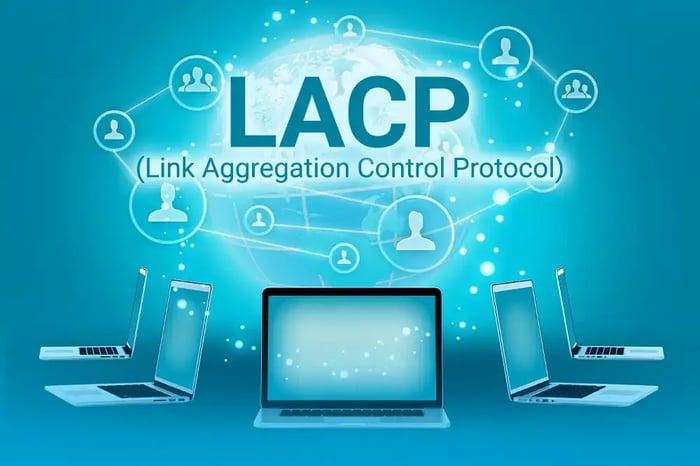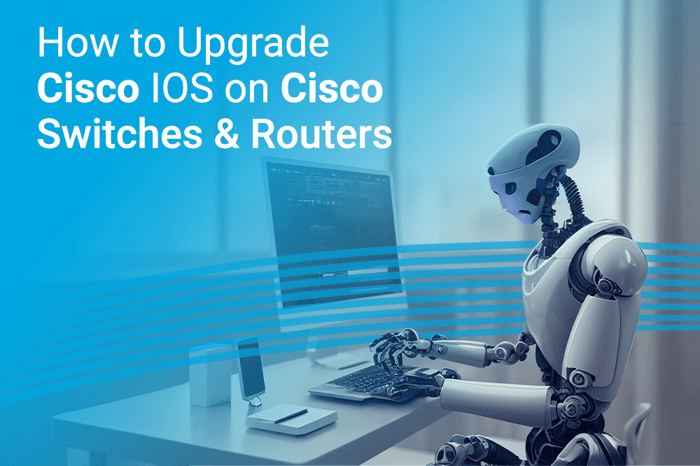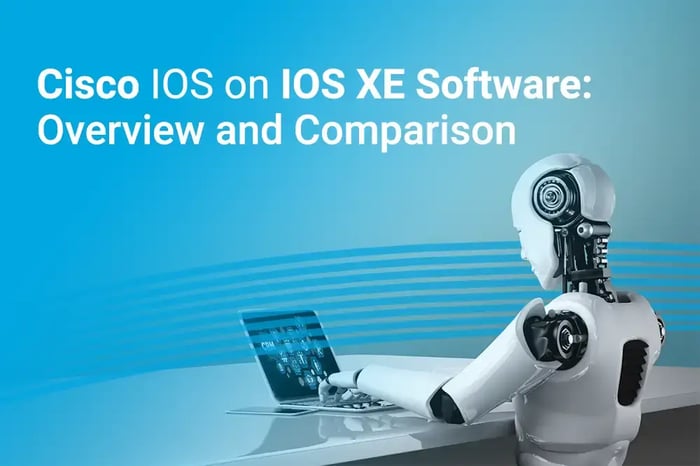You have no items in your shopping cart.
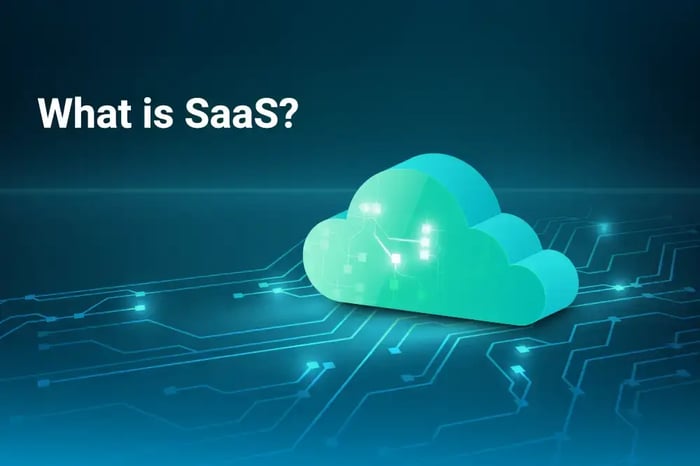
What is Software as a Service (SaaS) Technology?
This article covers the basic of SaaS and its benefits. Saas eliminates the need for upfront hardware investments and allows businesses to scale their software usage based on demand, offering flexibility, security, accessibility, and collaboration.
SaaS (Software as a Service) is a cloud computing model where software applications are delivered over the internet as a service.
In a traditional software model, you typically buy and install the software on your computer or server. However, with SaaS, you access the software through a web browser, and the provider manages everything related to the software, including maintenance, updates, and security.
Software as a Service (SaaS) is a revolutionary technology in managed IT infrastructures and services. It provides businesses with agility, flexibility, and on-demand scalability whenever required. Businesses can save money on IT infrastructure by reducing hardware costs, maintenance, security, and software availability. Software as a service is transforming the perspective of IT infrastructure and software application delivery, accessibility, and availability models.
With on-demand availability and scalability, organizations can leverage the "Pay as you use" model of cloud services that reduce the overall cost and maintenance overheads.
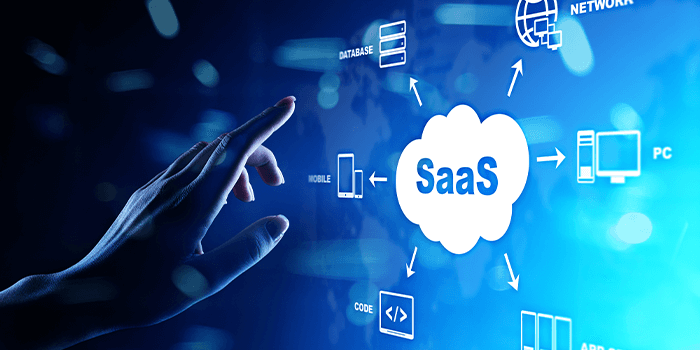
How does SaaS technology work?
The SaaS model allows businesses and individuals to use software applications easily. They don't have to deal with complicated installations, maintenance, and infrastructure management. It offers the advantages of cost-effectiveness, scalability, accessibility, and simplified software management. But how does Software as a service work?
SaaS works by hosting software applications in the cloud and delivering them to users over the internet. Users use web browsers to access applications. Users access applications through web browsers.
Cloud or SaaS vendors host application services and manage the infrastructure. This feature allows users to access the software through a web browser or application interface.
The multi-tenancy architecture enables multiple users or customers to share a single instance of the application while keeping their data separate and secure. Software-as-a-service apps are paid through subscriptions. Users pay a recurring fee for software access, including maintenance, updates, and support.

How is SaaS Transforming Businesses?
To ensure services are up and running, manual effort and regular interventions are required. SaaS eliminates this need by reducing operational and maintenance costs while offering rapid automated software updates.
This feature greatly helps organizations to rapidly adapt SaaS technology due to various advantages over traditional on-premise software and application hosting mechanisms.
Below are some of the key factors in how SaaS is transforming businesses:
1. Cost Optimization

Software as a service eliminates the need for upfront investments in hardware, infrastructure, and software licenses and defies on-premise dependencies. Businesses can subscribe to SaaS applications on a pay-as-you-go basis, reducing capital expenditure. This cost efficiency makes the software accessible to small and medium-sized companies with limited resources.
2. Scalability & Flexibility
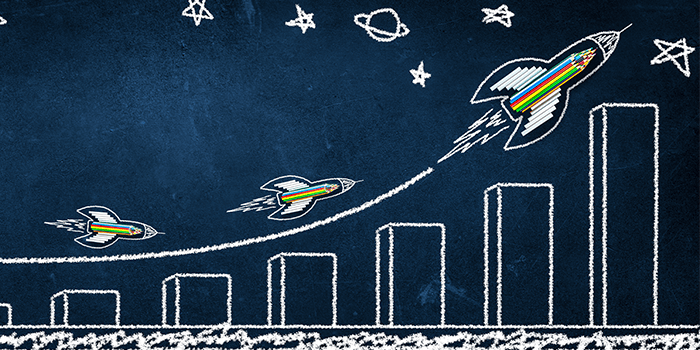
SaaS allows businesses to scale their software usage based on their needs. As businesses grow or experience fluctuations in demand, they can easily add or remove user licenses or adjust their subscription plans. This scalability enables companies to align their software costs with their growth and avoid overprovisioning.
3. Regular Software Patches & Maintenance

SaaS providers handle software updates, security patches, and maintenance, ensuring businesses are always using the latest version of the software. This relieves businesses from the burden of managing infrastructure and software updates, enabling them to focus on core activities and innovation.
4. Accessibility, Availability & Collaboration
SaaS applications are accessible from anywhere with just an internet connection. This promotes remote work and enables employees to access software and data on various devices remotely without worrying about security.

The availability of critical applications software during peak business hours and high demand is essential for businesses. SaaS assures organizations of the high availability of software and services at any point in time. Not only availability, but it also offers fault tolerance and a single point of failure by maintaining redundant systems at the backend. SaaS tools often include collaboration features, fostering teamwork and communication across distributed teams.
5. Advanced Analytics and Insights

SaaS applications frequently incorporate built-in analytics and reporting features. This allows businesses to gain insights into their operations, customer behavior, and performance metrics. Data-driven insights help optimize processes, identify opportunities, and make informed decisions.
Types of SaaS Applications
Some popular and daily usage examples of SaaS applications include CRM tools such as:
- Salesforce
- Project management platforms like Asana
- Communication tools like Slack
- Collaboration suites like Google Workspace
What is Cisco SaaS?
The networking giant Cisco has stretched its arm in the cloud domain for a while now. As the world transforms to Cloud computing, Cisco has stepped in to put its fingerprint to be a dedicated player in the industry.
Cisco also offers various SaaS products and solutions in several models. Just like generic SaaS architecture and services, businesses can leverage the benefit of Cisco SaaS products in the same way.
How Cisco Delivers SaaS Services & Solutions
Cisco delivers SaaS services in the form of various products with different subscription and licensing models. Cisco offers a range of SaaS products and services designed to support various aspects of IT infrastructure, collaboration, security, monitoring, and more.
- Cisco's SaaS offerings include solutions like:
- Webex (for online meetings and collaboration)
- Meraki (cloud-managed networking)
- Umbrella (cloud-based security)
1. Cisco AppDynamics:

AppDynamics is an application performance monitoring and analytics platform that helps organizations gain insights into the performance of their applications. It offers real-time monitoring, diagnostics, and reporting capabilities to optimize application performance and user experience.
2. Cisco Intersight:
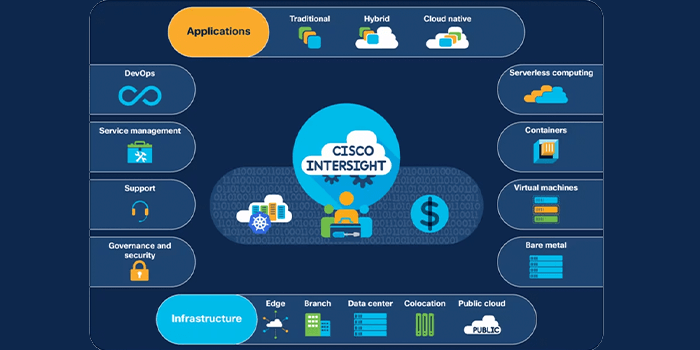
Intersight is a cloud-based management and automation platform for Cisco's data center infrastructure. It provides centralized management, monitoring, and policy-based automation for Cisco servers, HyperFlex hyper-converged infrastructure, and UCS (Unified Computing System) platforms.
3. Webex:
Cisco Webex is a comprehensive collaboration platform that includes video conferencing, online meetings, messaging, file sharing, and team collaboration tools.

It allows users to connect and collaborate remotely, facilitating communication and productivity among teams.
How Beneficial is SaaS in Today’s Rapidly Transforming IT Sector?
SaaS is great for IT because it's cheap, flexible, and makes things run smoothly. It's perfect for the fast-changing tech world. The cloud-based delivery model of SaaS eliminates the need for upfront hardware investments and allows businesses to scale their software usage based on demand.
It enables rapid deployment, automatic updates, and maintenance, relieving organizations of infrastructure management burdens. SaaS facilitates seamless collaboration, remote accessibility, and integration capabilities, empowering businesses to stay agile in dynamic environments.
The cloud-based architecture and subscription model of SaaS empowers businesses to leverage the following:
- Cutting-edge software solutions
- Streamline operations
- Drive innovation in an ever-evolving technological landscape

SaaS's seamless collaboration features and remote accessibility significantly enhance productivity and enable distributed teams to work cohesively. SaaS allows users to collaborate online, share files, and communicate easily across different locations. Additionally, software-as-a-service solutions often offer integration capabilities, allowing businesses to connect different software systems, streamline workflows, and eliminate data loss.
Conclusion
Individuals and organizations of various scales choose SaaS products and services over traditional solutions. It is time for you and your organization to learn and adapt SaaS technology. According to Gartner, a minimum of 50% of enterprise businesses will shift to operating expenditure (OPEX)-based storage consumption models, compared to less than 10% today.
Another research from Gartner states that by the end of 2025, a total of 20% of all enterprise network switches will be procured through an as-a-service model, that is, hardware as a service.
Our expert suggestion is to adapt and implement the hybrid model where critical applications requiring stricter security and network speed control can be hosted on-premise because these software applications are generally latency-free and respond faster than SaaS software. Another concern is the ownership and regulatory compliances that may interfere when choosing between cloud and on-prem solutions.









